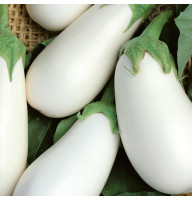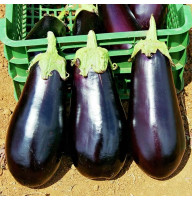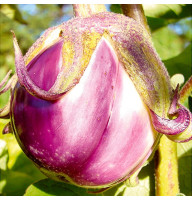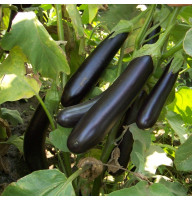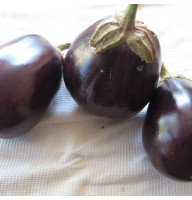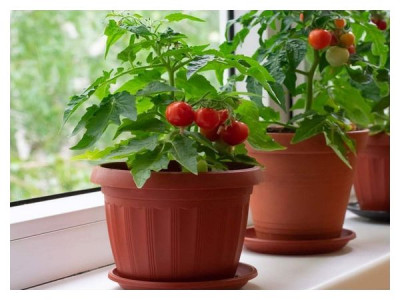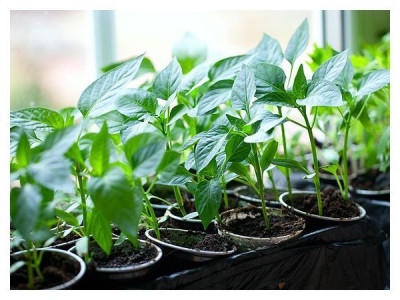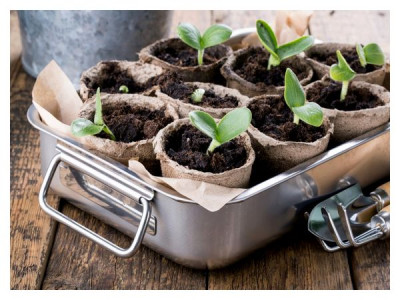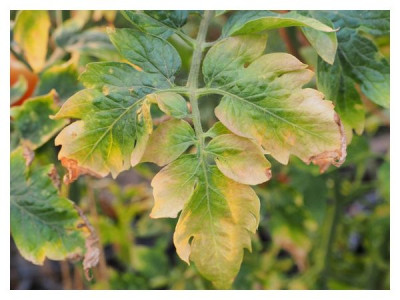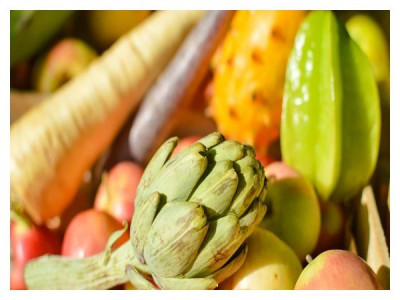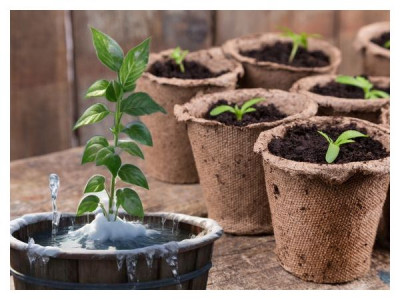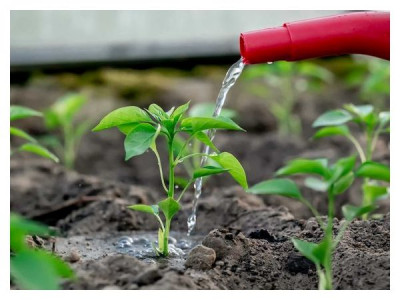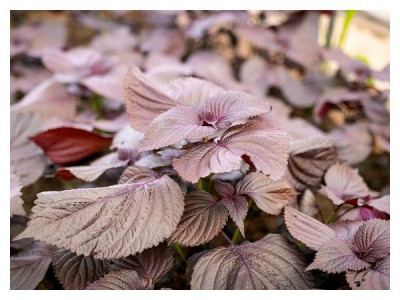Eggplant is always associated with a purple color and an oblong fruit. But recently, breeders have been offering such an abundance of varieties and hybrids, unusual in external color and structure, which makes it difficult for the buyer to choose: round, white, striped, black, delight and alarm. Unknown taste, yield, technology of growing seedlings and adult plants.
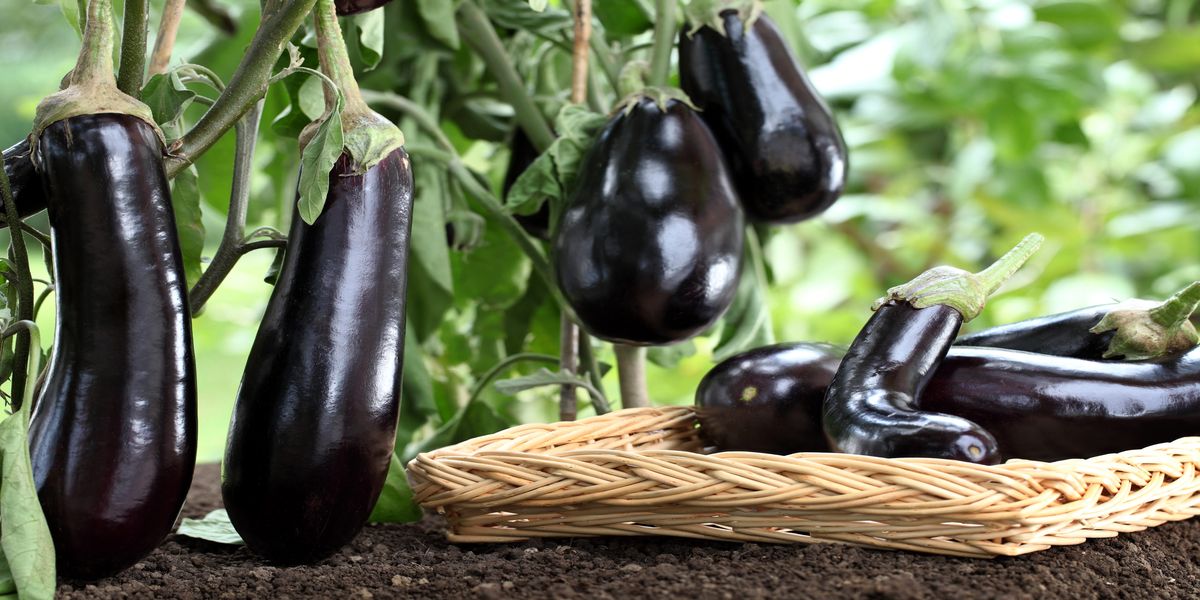
To grow a large crop, and an eggplant bush can form up to 25 fruits, you need to know some of the biological features of these Indian aliens. By fulfilling the requirements for growing (by creating familiar conditions), you will always have a high quality yield, regardless of the variety or hybrid growing in your garden.

The main requirement of eggplant is the duration of daylight hours (no more than 12-14 hours). Eggplants are short daylight plants and elongation even by 1-2 hours leads to the fact that in the main warm period (June, July) there is no formation of ovaries. With a decrease in the length of the day (August, September), eggplants intensively form a crop, but much smaller, since 2 main summer months are missed, when there is enough heat and other necessary conditions.
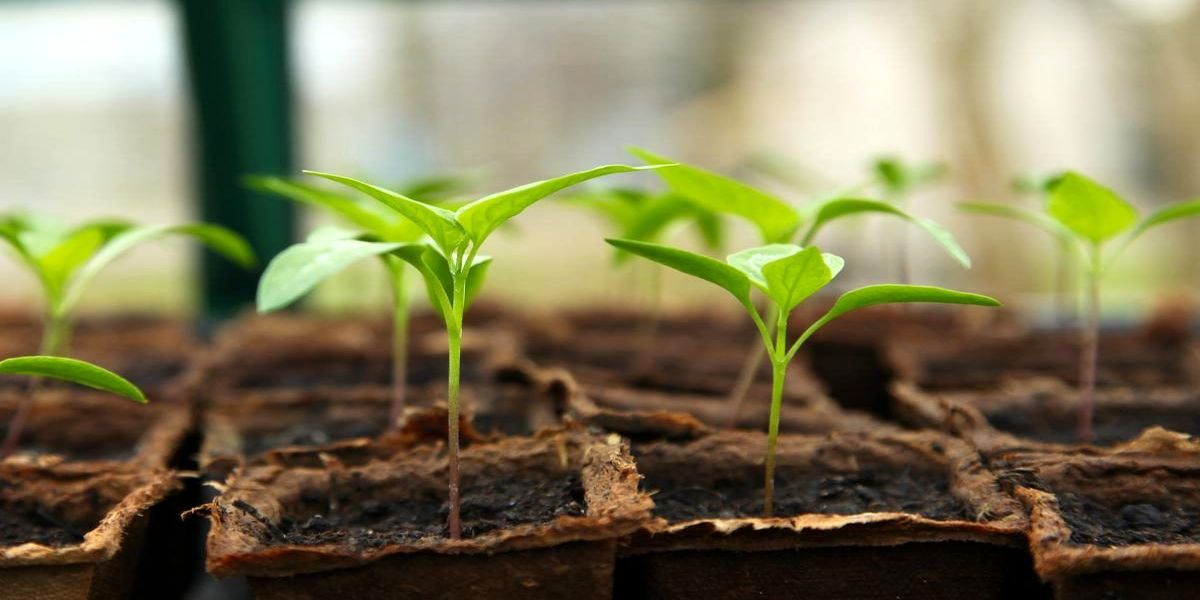
EGGPLANT SEEDLING CULTIVATION TECHNOLOGY
Self-preparing seeds for sowing eggplant seedlings
To awaken the seeds from biological dormancy and speed up the emergence of eggplant shoots, we warm them in a thermos or hot water. At a water temperature of +45 .. + 50 ° C, we lower the seeds in a gauze bundle into hot water for 3-5 minutes (be careful not to boil them).
After warming up, we pickle (disinfect) eggplant seeds in a 1% solution of potassium permanganate to protect against diseases. We lower the seeds in a gauze bag into the solution for 15-20 minutes and rinse under running water. Instead of potassium permanganate, it is possible to pickle seeds from bacteria and fungi in a solution of one of the biofungicides phytosporin-M, alirin-B, hamair SP, trichodermin, albite according to the recommendations. In this case, the seeds are not washed, but immediately dried to flowability.
Eggplant seeds germinate slowly and need sufficient nutrients in the initial stages. Therefore, they still need to be treated with growth stimulants and nutrients. To reduce the number of seed treatments, it is possible to combine disinfection with biofungicides, growth stimulants (epin, zircon and others) and microfertilizers (microvit, cytovit) in the tank mixture. When preparing the tank mixture, we dissolve each preparation separately according to the recommendations, and then pour it into one container and mix. After warming up, we lower the seed material into the solution for 10-12 hours. Then, without washing, dry at room temperature until flowability.
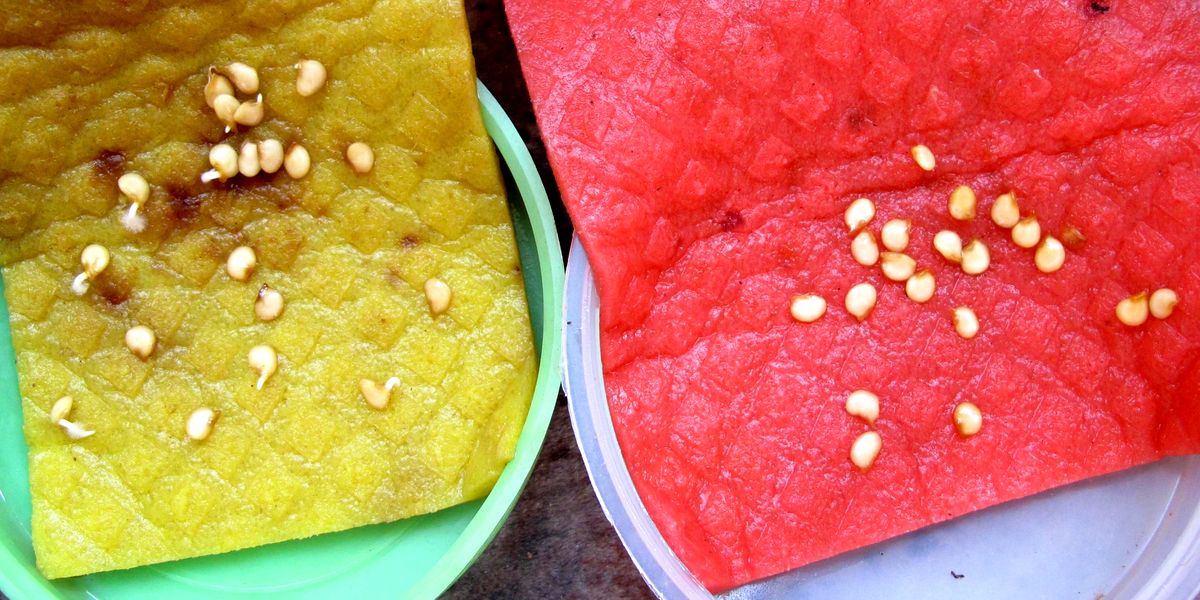
THE LAST STAGE OF PREPARING EGGLANT SEEDS FOR SOWING - HARDENING
Prepared dry eggplant seeds are kept indoors during the day at a temperature of +18..+22°C, and at night we transfer them to the lower shelf of the refrigerator with a temperature of +2..3°C. We repeat this procedure for a week (5-6 days).
After hardening, the seeds are almost ready for sowing. To speed up the emergence of seedlings, eggplant seeds are germinated 2-3 days before sowing. To do this, they are scattered on a damp napkin in a saucer, covered with the same damp cloth on top and placed in a warm, dark place. As soon as the seeds accumulate, they are transferred to a dry litter, dried and started to sow.
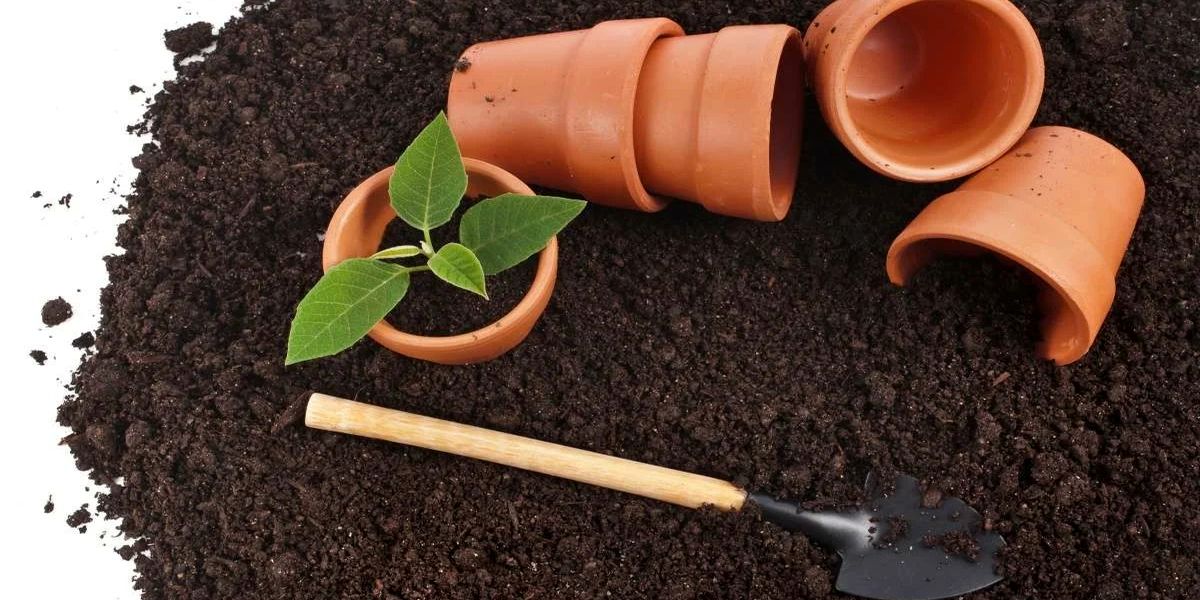
SOIL PREPARATION FOR SOWING EGGPLANT SEEDS
The soil mixture for sowing eggplant seeds should be neutral in acidity, light, air and water permeable, moisture-absorbing, saturated with nutrients, disinfected from fungi, viruses, bacteria and pests.
Recommended soil mixtures:
- mature humus 2 parts,
- sod land 1-2 parts or 1 part of riding peat (neutral),
- 1 part sand or semi-rotted sawdust (not coniferous).
You can use another combination:
- 1 part of humus (biohumus) or 2 parts of high-moor peat,
- 2 parts of sod or leaf land,
- you can add 0.5-1.0 part of the sand.
We must disinfect the prepared mixture in the way that is most convenient for you (by heating, calcining, scalding, freezing, or otherwise). After drying the disinfected soil mixture, we revive it by mixing it with the biological preparations Baikal EM-1, Trichodermin, Planriz and others. They promote the rapid multiplication of beneficial or effective microflora (EM preparations) and at the same time destroy microbial and fungal pathogens.
If the tillage was carried out in a wet way (solutions), then again we dry the substrate and fill with fertilizers for 1 bucket of soil mixture 30-40 g of nitrophoska and a glass of wood ash. You can make a mixture of fertilizers: 15-20 g of urea, 30-40 g of granular superphosphate, 15-20 g of potassium sulfate or a glass of wood ash. Mix the mixture thoroughly and fill the prepared container with soil.
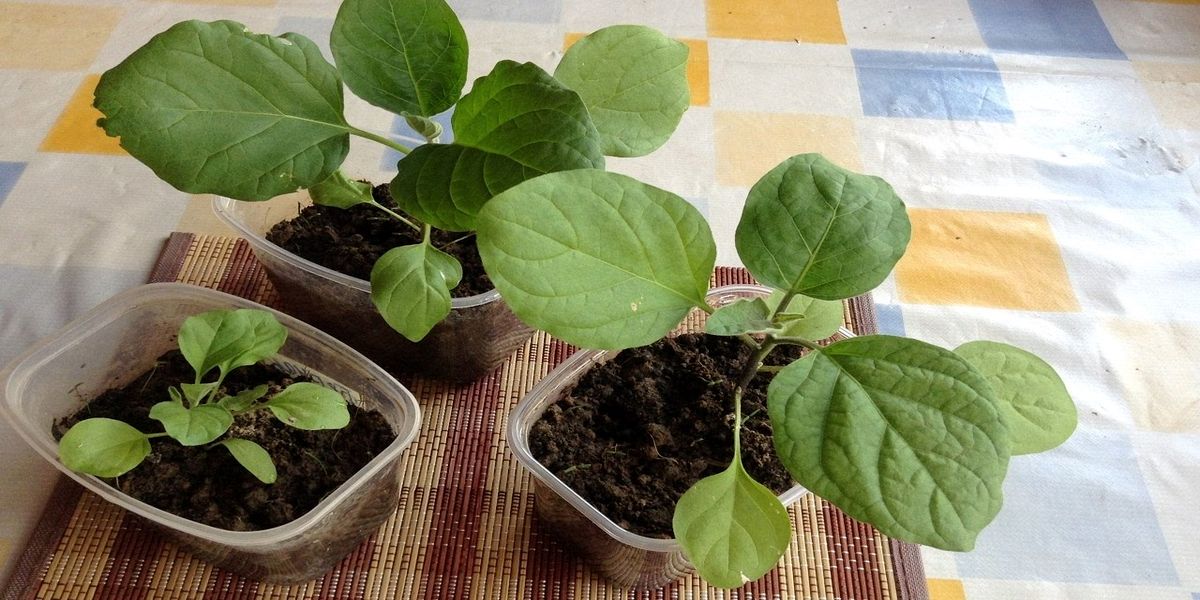
SOWING TIMES OF EGGPLANT SEEDS
Eggplants are characterized by a long growing season and slow development. Depending on the duration of the period from germination to technical maturity, eggplants are divided into 3 groups:
- early,
- medium
- later.
In early eggplants, the technical ripeness of the fruit occurs on the 85-90th day from germination, in the middle 90-120 and in the late 120-150 days.
You can simultaneously sow early, middle and late eggplant varieties for seedlings, but the timing of transfer to open ground will be different: early eggplant at the age of 45-55 days, medium 55-70 days and late 70-80 days. It is possible to plant seedlings at an earlier date for a permanent basis if it outgrows (stretches) and the weather conditions are suitable.
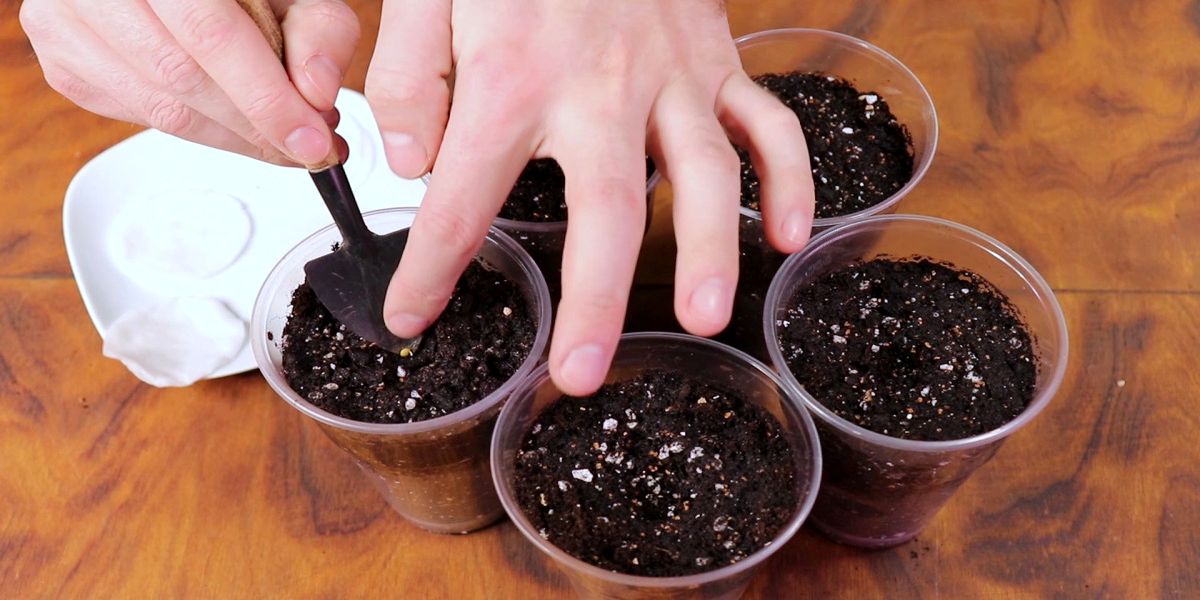
TECHNOLOGY OF SOWING EGGPLANT SEEDS FOR SEEDLINGS
Eggplants do not tolerate transplants well, so it is better to grow seedlings without picking. In the prepared container, moderately moisten the soil mixture. In waterlogged soil, the seeds may suffocate and not sprout. I impose a special lattice with nests 6x6 or 8x8 cm (depending on the habitus of the future bush). In the middle of each nest, I sow 1-2 seeds to a depth of 1-2 cm. With such schemes, from 1 square. m of the total area, the output of seedlings will average 250-150 seedlings. After sowing, I sprinkle eggplant seeds with the same soil mixture with a layer of 1-2 cm. If sowing is carried out in separate containers (cups, peat-humus pots, special cassettes), I place them in a common box and place them in a warm, dark place. If sowing is carried out in greenhouse soil, I cover the sowing with lutrasil. Seedlings appear in 1.5-2.0 weeks.
If you decide to grow eggplant seedlings through a pick, then it is carried out in the phase of 2-3 true leaves. 2-3 days before picking, they are watered in order to less injure the root system. They are transplanted into containers or containers with a larger feeding area, deepening the plants to the cotyledon leaves. The pick is shaded, the soil is kept moist. Watering is carried out with warm settled water.
TEMPERATURE CONDITION FOR EGGPLANT SEEDS
The temperature regime plays a significant role in growing healthy seedlings. Therefore, it is necessary to adhere to the recommended temperatures:
- Soil temperature from sowing to germination should be kept within +20..+28°C.
- During the first 2 weeks after germination, the soil temperature drops to +17..+18°C at night, and is maintained within +20..+22°C during the day.
- In the subsequent time, up to the hardening of seedlings, the temperature of the soil at night and during the day is maintained within the post-emergence temperatures.
- The air temperature in the first week after germination drops to +8..+10°C at night, and is maintained within +14..+16°C during the day.
- In the subsequent time (from hardening of seedlings to hardening of adult seedlings), the air temperature is +11..+14°C, and during the day it depends on the lighting. On sunny days, you can raise the temperature to +25..+27°C, and on cloudy days, lower it to +18..+20°C. A change in air temperature is necessary so that the seedlings do not stretch.
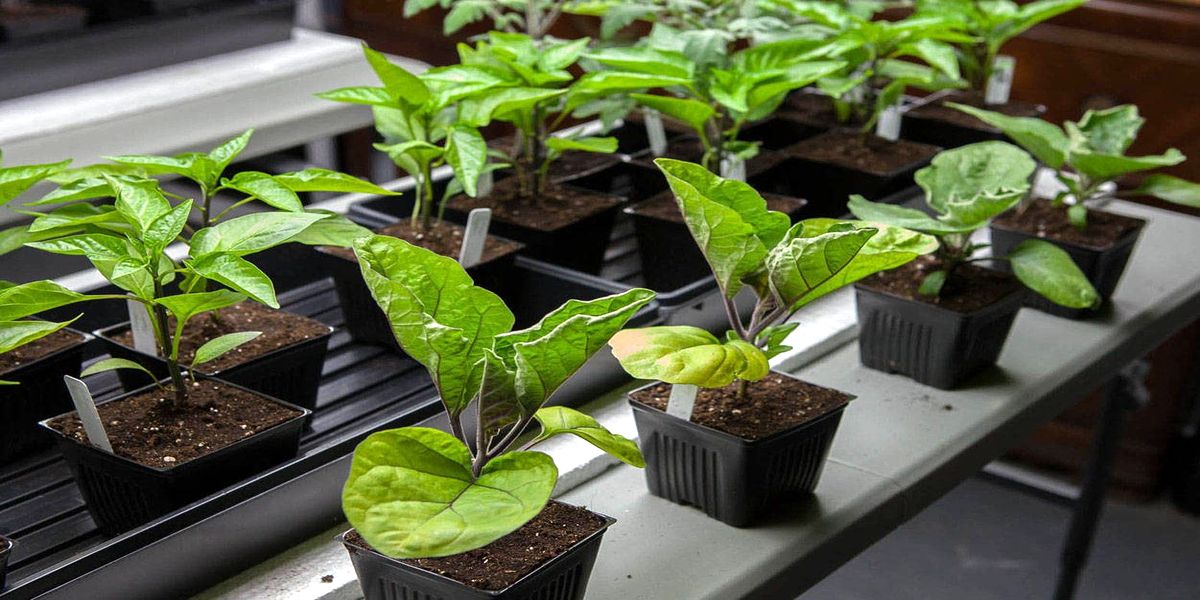
CARE OF AUPLANT SEEDLINGS
During the period of growth and development of eggplant seedlings, in addition to the temperature regime, it is necessary to monitor the humidity of the soil and air, feed the seedlings in a timely manner, protect them from pests and diseases, and harden them. Unhardened seedlings when planted in changed environmental conditions become ill and may even die. When pests (aphids, caterpillars, whiteflies) appear, eggplant seedlings are sprayed with bioinsecticides according to the recommendations (fitoverm, bitoxibacillin, lepidocide and others).
WATERING SEEDLINGS
Watering is carried out after 2-3 days with moderate norms of settled water, heated to +20 .. + 25 ° C. After watering, I mulch the soil with dry sand to prevent root rot. When watering twice a month, I add antifungal biological preparations (Trichodermin, Planriz and other biofungicides) to the irrigation water. They are harmless to humans, which is especially important when growing seedlings in a residential area. Air humidity is reduced by ventilation without drafts.
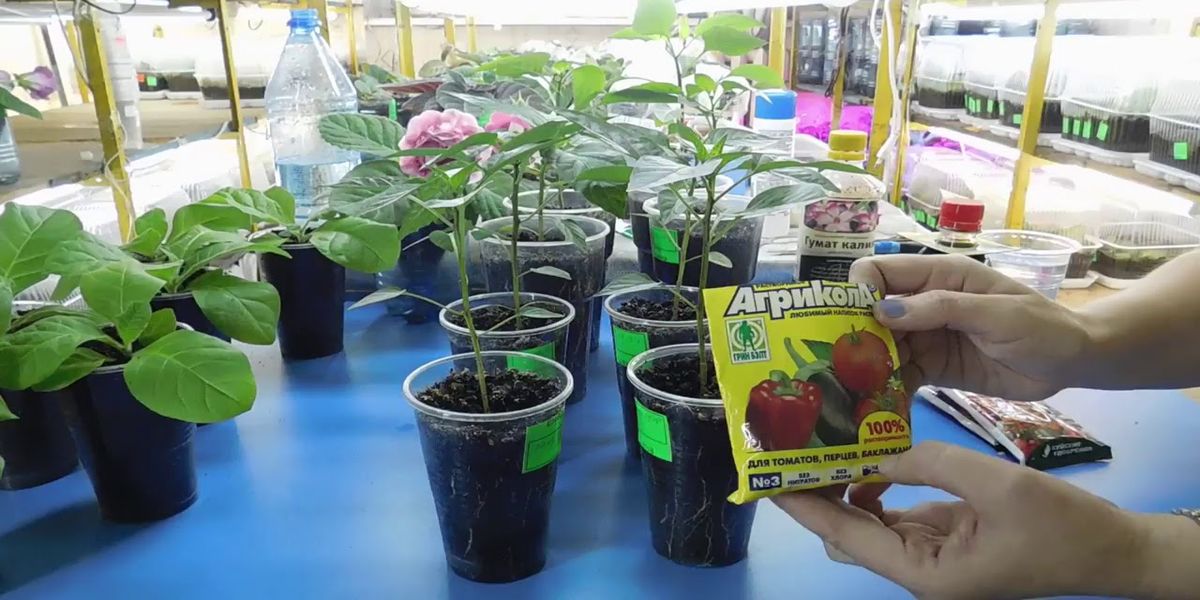
FERTILIZING EGGPLANT SEEDLINGS
I carry out the first dressing in the phase of 2-3 leaves or 1.5-2.0 weeks after picking. I am fertilizing with irrigation water. I am preparing a nutrient solution based on a bucket of water: 5-10 g of urea and 30 g of water-soluble superphosphate. You can prepare a solution from a complete mineral fertilizer by dissolving 30-35 g of nitrophoska in 10 liters of water. After feeding, I wash the leaves with a spray bottle with clean water to prevent chemical burns of young plants.
I spend the second top dressing with the same composition 7-10 days before landing on a permanent basis, but without nitrogen. It is better to carry out the second top dressing with Kemira fertilizer, intended for complex plant care. This fertilizer contains, in addition to the main nutrients, microelements boron, manganese, molybdenum, iron, which will give plants additional energy.
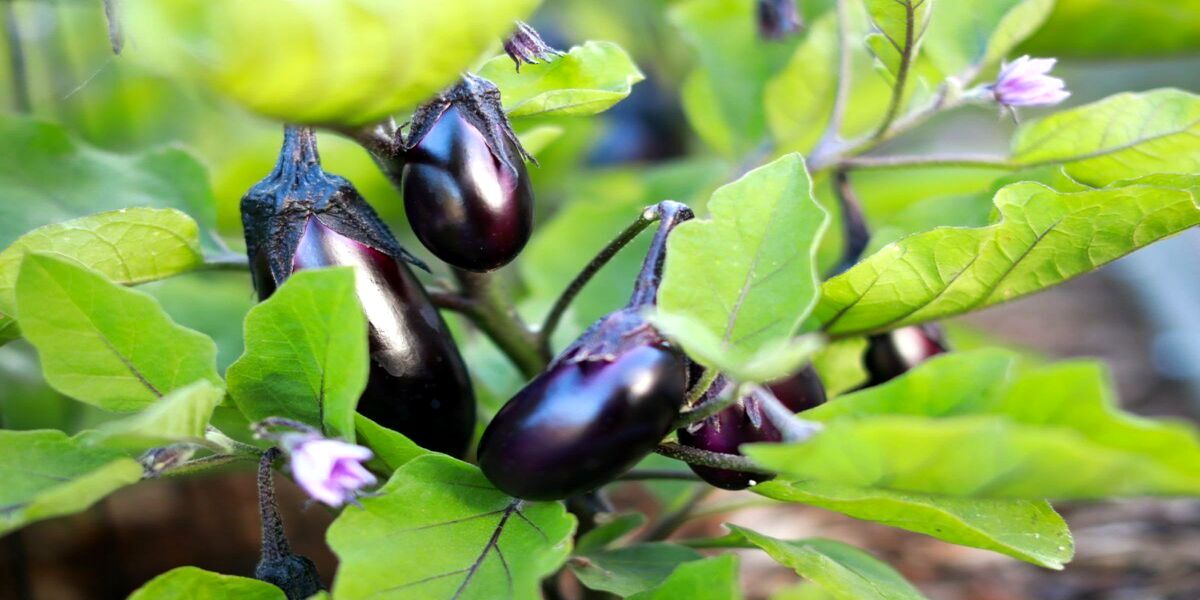
SEEDLING HARDENING
Before landing on a permanent basis (for 2 weeks), I accustom the plants to new environmental conditions. I gradually reduce the frequency of watering, reduce the temperature in the room, for which I take out the container with eggplant seedlings into the corridor or onto the glazed balcony, loggia. At first, I stand the seedlings for 2-3 hours, gradually leaving them for a longer period in a cool room. If there is not enough lighting in the corridor, I turn on additional lighting.
Hardened seedlings prepared for planting should be 16-25 cm high, with 7-9 dark green leaves, 1-3 buds, a well-developed fibrous root system, and a straight stem.

